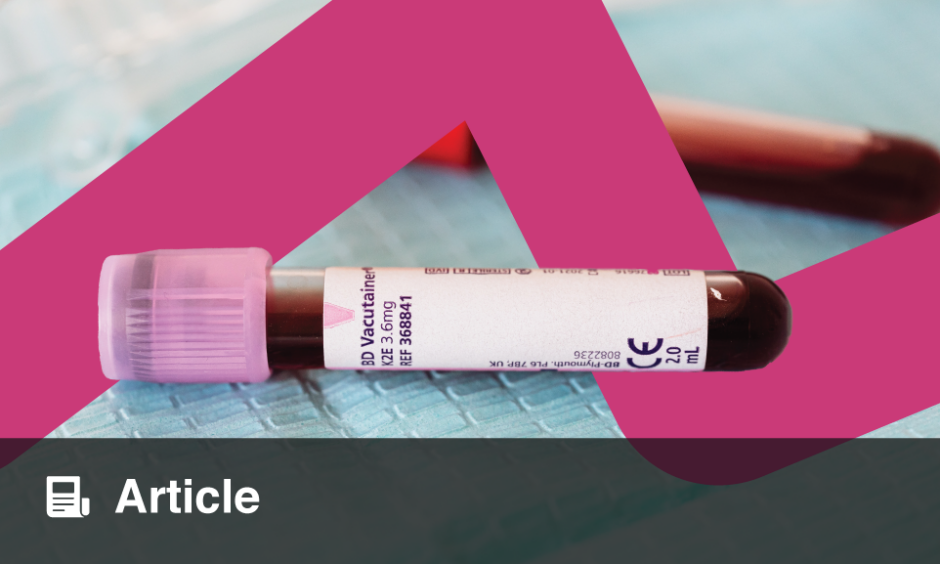A RECENT study has found that low-dose direct oral anticoagulants (DOACs) are linked to an increased risk of early bleeding episodes in patients with atrial fibrillation, compared to standard-dose DOACs. It revealed that a significant minority of patients on low-dose DOACs still exhibited high blood levels of the medication.
The ‘Measure and See’ (MAS) study analysed data from 1,657 atrial fibrillation patients treated with DOACs across 27 centres in Italy. With a median age of 80, these patients were given treatment dosages at the discretion of their doctors. Among the participants, 50 experienced bleeding events, with 29 (58%) being on low-dose DOACs.
During the first three months of DOAC therapy, patients with the highest steady-state drug levels faced a markedly increased risk of bleeding compared to those with lower levels. This heightened risk did not persist beyond the three-month mark. Notably, 19% of low-dose DOAC recipients had the highest drug levels in their blood.
Dr. Gualtiero Palareti, the study leader, commented, “Not only did the use of low doses not reduce bleeding risk, but it also did not prevent patients from developing high blood levels of the medication. Our findings indicate that treatment with low doses of a direct oral anticoagulant does not necessarily prevent the occurrence of high blood levels of the drug, predisposing patients to a higher risk of bleeding during the first three months of treatment.”
The researchers, from the Arianna Anticoagulation Foundation in Bologna, Italy, are preparing to launch a pilot trial. This trial aims to explore whether monitoring drug levels in patients’ blood can help tailor doses more effectively, potentially reducing the risk of complications associated with DOAC therapy.
Reference
Palareti G et al. More early bleeds associated with high baseline direct anticoagulant levels in atrial fibrillation: The MAS Study. Blood Advances. 2024;DOI:10.1182/bloodadvances.2024013126.








